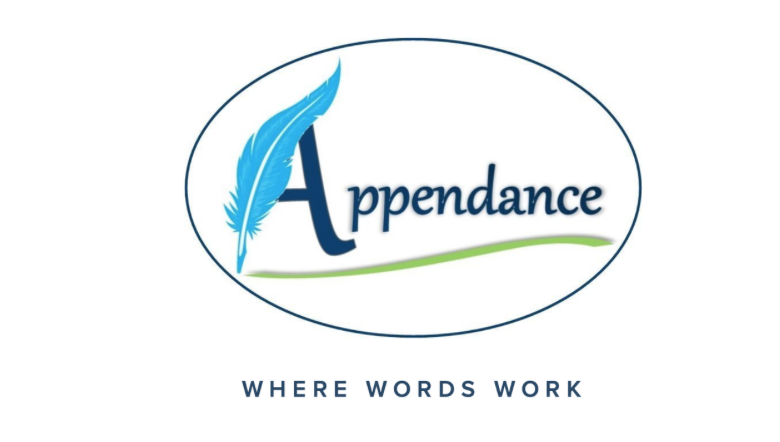Looking to improve your company’s written communication?
I can help.
Jenny Morse, PhD
CEO and President of Appendance, Inc
Writing for work needs to be efficient and effective.
The words we use at work affect the work that gets done and the relationships we build.
Sure, we have tools that can help us craft our messages.
But if you don’t know the strategies that build trust and get things done, then you might be losing business or missing opportunities because your language misses the target.
Learning the strategies is easy. And once you know them, you can use them on writing you come up with yourself or when editing content created by AI tools.
Here’s how I help:
Training, Workshops, Presentations
From 1hr to multi-day sessions
In person and remote
For 1 employee to hundreds
Award-winning Better Business Writing
Short courses on Business Writing Basics and Email
The book: Bada$$ Business Writing
An inappropriate and illustrated guide to writing at work
And it’s short
Writing matters now more than ever.
Communication has always been at the center of business, but new technologies have transformed the ways in which we communicate. In 2018, employees reported that they spent about 3.1 hours of each workday on business email alone, according to a study by Adobe, and email is only a small portion of all the writing people do to complete their job responsibilities, which means excellence in writing has never been more important. In informal polls conducted in our seminars, employees feel as if they are spending more than 80% of their work time writing.
Participants in my sessions report that this information and training cuts the time spent drafting messages, or going back and forth with unclear and confusing messages, by up to 50%!
Can your business afford to keep wasting time on poor communication? Can you trust AI tools to do it for you and actually build trusting relationships with other humans?
No and no.
Communication training is an investment in your business that
reduces the time your employees spend writing or interpreting poor writing
increases trust among employees, clients, vendors, and all your business partners, and
gets work done faster and with fewer mistakes









